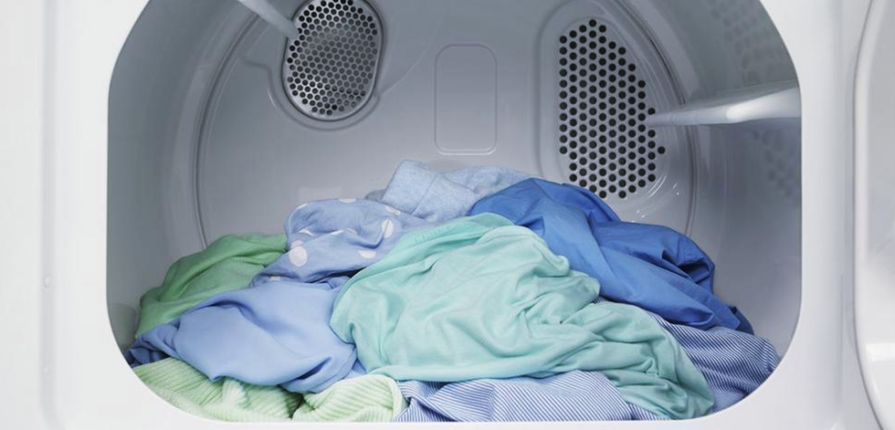It’s true, there aren’t as many decisions to make when buying a new dryer compared to a new washing machine, but today’s models incorporate new technologies, like heat pumps to save energy, can come vented or ventless, have specialty cycles to steam and sanitize, work with Wi-Fi and apps, and more. That’s a lot to consider! The Good Housekeeping Institute Cleaning Lab knows just how to help.
Overall, our laundry dryer recommendations for 2019 are:
Top Lab Pick: Samsung 7.4 cu. ft. Gas Dryer
Best Value: Amana 6.5 Cu. Ft. 11-Cycle Electric Dryer
Best Compact: Miele T1 Heat-Pump Eco & Steam WiFi Connect Dryer
Best for Big Families: Maytag 8.8 cu. ft. Electric Vented Dryer
Easiest to Use: GE® 7.4 cu. ft. Capacity Aluminized Alloy Drum Gas Dryer
Most Innovative: Samsung 7.5 cu. ft. FlexDry Electric Dryer
Luxury Pick: LG 9.0 Cu. Ft. 14-Cycle Smart Wi-Fi Electric Steam Dryer
Most Unique: LG Styler Steam Clothing Care System
While you’re shopping, keep three things top of mind:
Do you want a gas or electric dryer? If you are replacing a dryer you already have, it’s easiest to simply get the same type based on whatever utility is in your laundry room. Gas dryers require a gas line hook-up while electric dryers require a 208V connection. If you are remodeling and running new lines anyway, you may want to make a switch. Gas dryers are more expensive to purchase up front — about $100 — but usually cost less to run over time than electric dryers do.
Next, think about venting. Virtually all dryers require venting to the outside to safely remove lint, heat and moisture from your home. If you live in an apartment or want to install laundry appliances on the second floor or somewhere where outside venting isn’t possible, a ventless model is a great option. Here, the excess water collects in a chamber or drawer that at the end of the cycle must be emptied into a sink. Most ventless or condenser dryers are compact models, but some new larger models can be vented or not.
Lastly, there’s energy efficiency. Manufacturers are incorporating heat pumps into the appliances. They take the hot moist air from the drum and instead of sending it out of the house through the vent, cool it down to pull out the moisture (which collects in the tray you empty) then re-heat and recirculate the hot dry air back into the drum to continue drying. This cuts down on wasted energy and because there is now a measurable difference in the amount of energy different dryers use, you’ll see the yellow Energy Guide labels on dryers, like you’ve always seen on washers and other appliances. Check the yellow label to get an idea of how much energy a model will use, how much it will cost you to run and how it compares to others in the market before you buy.
How We Tested:
When we test dryers, we install each one in a climatology chamber to maintain the same temperature and humidity conditions for each model. We then look at the length of time it takes to dry different types and size loads on their appropriate cycles, how thoroughly they dry, and how well cycles that claim to remove wrinkle do so. We also make sure no tangling or twisting of clothing is observed. When we evaluate ease-of-use, we take into consideration factors like how intuitive and easy the control panel is to use, how easy the lint filter is to clean, remove, and replace, and how easy the interior of the drum is to access.
Source: https://bit.ly/2rWniyo





Recent Comments